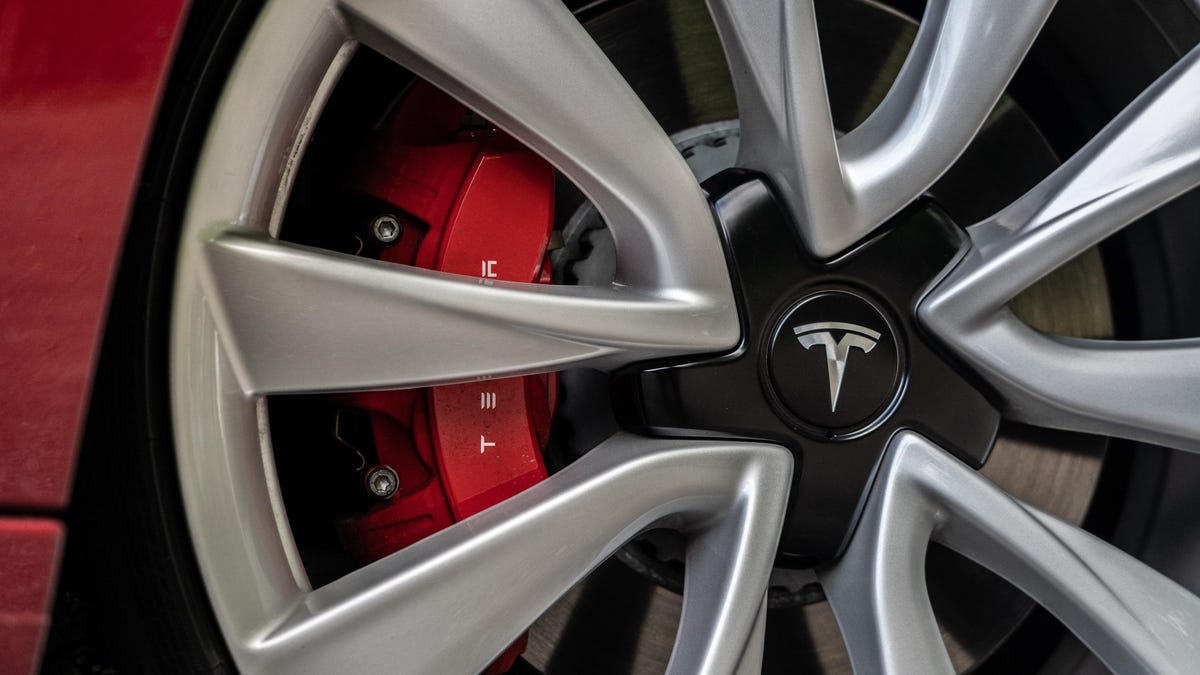Tesla denies 'unintended acceleration' issues following NHTSA probe
The automaker says this whole kerfuffle is the work of a short seller.
Last week, the National Highway Traffic Safety Administration announced a probe into Tesla's vehicles following multiple complaints about the electric cars suddenly accelerating without driver input. Now, it's Tesla's time to respond.
Tesla on Monday published a new blog post with a title that gets right to the point: "There is no 'unintended acceleration' in Tesla vehicles." The three-paragraph response refers to the petition that started the NHTSA probe as "completely false" and alleges it was introduced by a "short-seller," a person who has financial positions that bet against Tesla's continued stock-market success.
The automaker says it has data on its side. According to Tesla, "in every case where we had the vehicle's data," the vehicle did function as designed, meaning the cars went forward only when the accelerator was pushed, and they stopped only when the brake pedal was pressed.
"Over the past several years, we discussed with NHTSA the majority of the complaints alleged in the petition," Tesla wrote in its blog post. "In every case we reviewed with them, the data proved the vehicle functioned properly."
Furthermore, the automaker points to how its vehicles are engineered. All three of its vehicles (the Model S , Model X and Model 3 ) have two sensors that cut off torque from the electric motor if an issue is discovered. The blog post says that pressing both pedals will cause the brake to override the accelerator, prohibiting motion, and that any "sustained braking" will be guaranteed to stop the car.
This is a common setup in many vehicles, but Tesla takes it one step further by using its Autopilot sensors. While Tesla did not go into too much detail here, it says the sensors can "help distinguish potential pedal misapplications ... when we're confident the driver's input was unintentional."
News of NHTSA's probe into these incidents came at the tail end of last week. NHTSA's probe cites 127 complaints spanning 123 unique vehicles. 110 of those complaints mention crashes, and approximately half say that injuries resulted from unintended acceleration.


